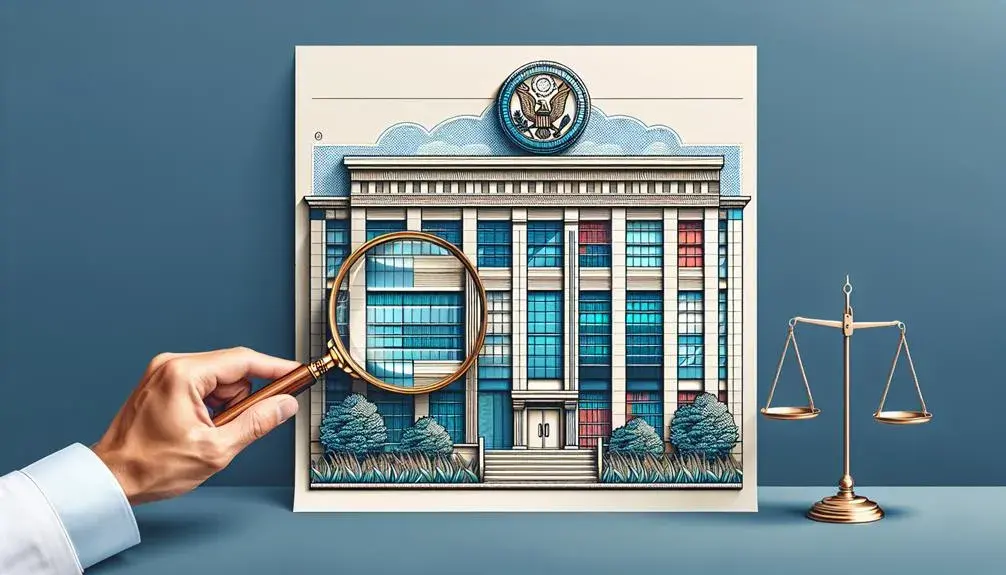Commercial Tinting Compliance: Key Standards and Regulations

In the realm of commercial architecture and interior design, compliance with tinting regulations is a critical aspect often overlooked in the broader discussion. From a functional perspective, commercially-tinted windows serve numerous purposes, including but not limited to, energy efficiency, privacy, and aesthetic appeal.
However, these benefits are tightly governed by a complex array of standards and regulatory frameworks varying by jurisdiction, and non-compliance can result in heavy penalties. This subject matter warrants a comprehensive exploration to equip stakeholders with crucial insights and understanding.
To fully navigate this intricate landscape, one must carefully consider several key aspects, which will be meticulously examined in the following discourse.
Understanding Commercial Tinting Regulations
What are the specific regulations governing commercial tinting, and how do they impact businesses across different sectors?
Regulations vary significantly by jurisdiction, but common elements include tint percentage, reflection index, and ultraviolet (UV) light blockage. These regulations ensure a balance between privacy, energy efficiency, and safety needs.
Businesses in sectors like healthcare, finance, and retail, for example, may benefit from increased privacy and reduced energy costs. However, they must also meet regulatory standards designed to ensure safety, such as sufficient visibility for law enforcement.
Noncompliance can result in penalties, including fines and mandatory removal. Thus, understanding and adhering to commercial tinting regulations is key to maximizing benefits while minimizing legal risks.
Key Standards for Window Tinting Compliance
To ensure adherence to these aforementioned regulations, it is crucial to comprehend the key standards for window tinting compliance, which encompass aspects such as tint percentage, reflectivity, and UV protection.
- Tint Percentage: This refers to the amount of light transmission allowed through the window film. It varies by jurisdiction, and non-compliance can result in penalties.
- Reflectivity: Highly reflective tints can cause glare and obstruct visibility for other drivers. Certain limits are set to prevent this.
- UV Protection: High-quality tints should block harmful UV rays, protecting occupants and the vehicle’s interior.
- Color Restrictions: Some jurisdictions prohibit certain tint colors like red, amber, and blue.
- Label Requirements: Some states require window tints to be labeled to identify the manufacturer and its compliance with local regulations.